Ten villages to visit in Sicily
1. Marzamemi
It is a hamlet of the municipality of Pachino, and is still a fishing village devoted mainly to tuna fishing: in fact, here there is one of the most important tuna fisheries (i.e., a structure in which tuna is caught and slaughtered) in all of Sicily. Around the tonnara developed, in the 18th century, the most important monuments of Marzamemi: the church of San Francesco di Paola, the fishermen’s houses, and the Palace of the Princes of Villadorata. Marzamemi is also known as the set of numerous films set in Sicily (in the common imagination, its square, white houses are indeed reminiscent of typical Sicilian landscapes) and for its long beaches.
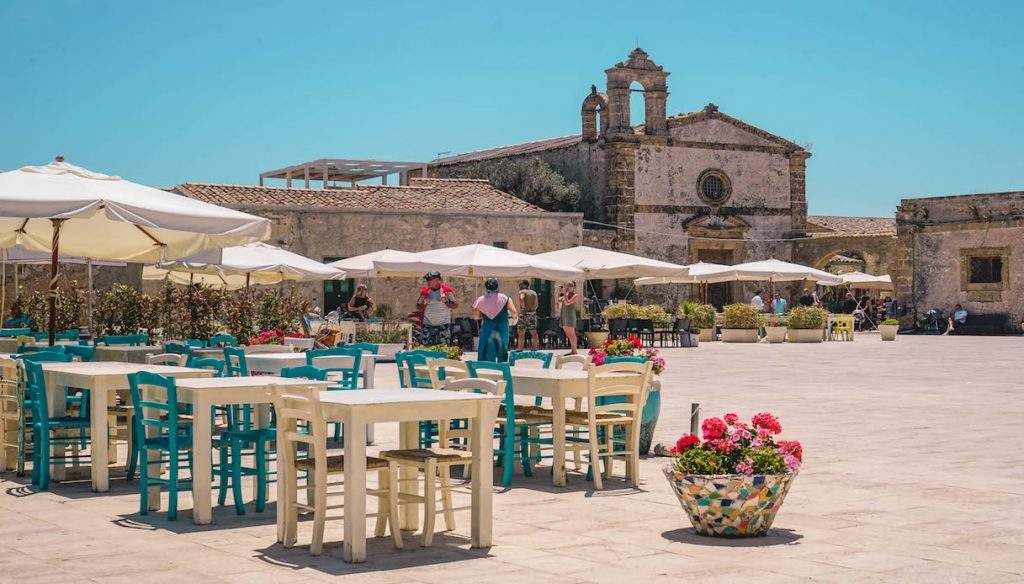 |
| The square of Marzamemi |
2. Scicli
Scicli is located in the province of Ragusa and its origins date back to prehistoric times, since settlements in the area are attested as early as the Neolithic period. The town, however, began to develop in the Greek era, although it flourished under the Romans: at the fall of the empire various populations dominated the town (Byzantines, Arabs, Normans, Aragonese: this is what happened, after all, to much of the region), each of which left traces of itself. Scicli took on its present appearance between the 14th and 16th centuries. Today, in Scicli (which is part of the UNESCO World Heritage Site as a village belonging to the “Late Baroque Towns of the Val di Noto”) one can admire buildings such as the Beneventano Palace, which Anthony Blunt recognized as the most beautiful Baroque palace on the island, the monumental Fava Palace, the imposing church of St. Matthew built on the hill that overlooks the village, that of St. John the Evangelist with its Borrominian facade, and the bizarre church of St. Bartholomew built into the rock and with a 19th-century tower facade. Nearby you can visit the Kamarina Regional Archaeological Museum, which tells the story of the ancient Syracusan colony.
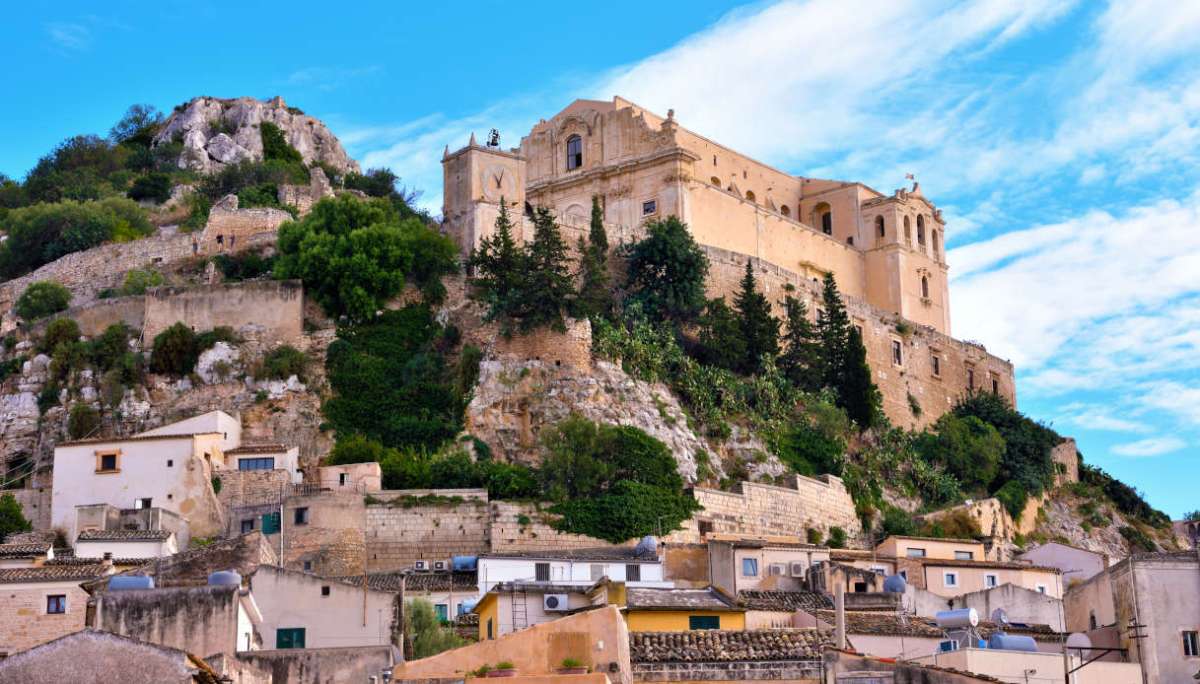 |
| View of Scicli |
3. Sperlinga
Sperlinga is located in the heart of the island, in an area rich in archaeological remains, and it is a town built on the rock (and... in the rock), so much so that the name itself perhaps derives from the Latin spelunca, “cave”: the first news of the town date back to the 12th century and the most important remaining testimonies are from the Middle Ages, starting with the mighty rock castle, which is partly dug into the rock and whose origins date back even to the period of the Siculians, but in its present form dates back to the 11th century. One of the peculiarities of Sperlinga lies in the fact that the town, in the province of Enna, is in the center of the area of the so-called “Siculo-Lombards,” a population that speaks a curious dialect belonging to the Gallo-Italic group, the same as Lombard, Emilian, Romagnolo, and Piedmontese. It is a dialect that has sounds reminiscent of both Emilian and Sicilian: it all goes back to the period when, in Norman times, there was a strong migration of people coming from Piedmont and Emilia.
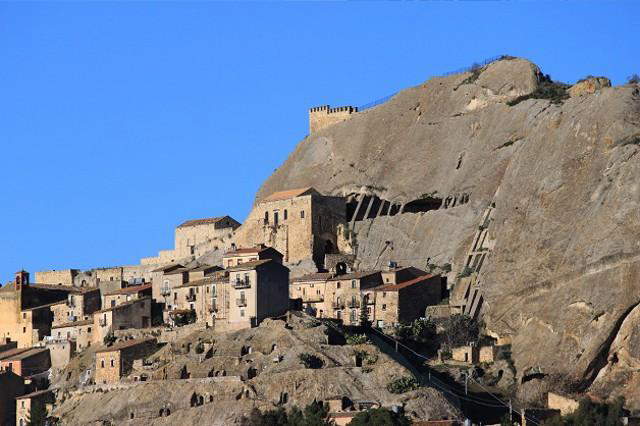 |
| View of Sperlinga |
4. Cefalù
Cefalù is located on the northern coast of Sicily, and stretches under a promontory overlooking large sandy beaches, among the most popular on the island with tourists, who come here from all over the world. The town is located in the Madonie Park and is also famous for its wonders of art (Cefalù is rich in history: the pre-Hellenic megalithic walls from the end of the 5th century BC are still partly preserved), starting with the splendid cathedral, one of the main monuments of Arab-Norman Sicily and a Unesco World Heritage protected property. Between splendid Baroque palaces, a visit to the Mandralisca Museum is a must, where one of the most extraordinary masterpieces of the Renaissance is preserved: the Portrait of a Man by Antonello da Messina, also known as Portrait of a Sailor.
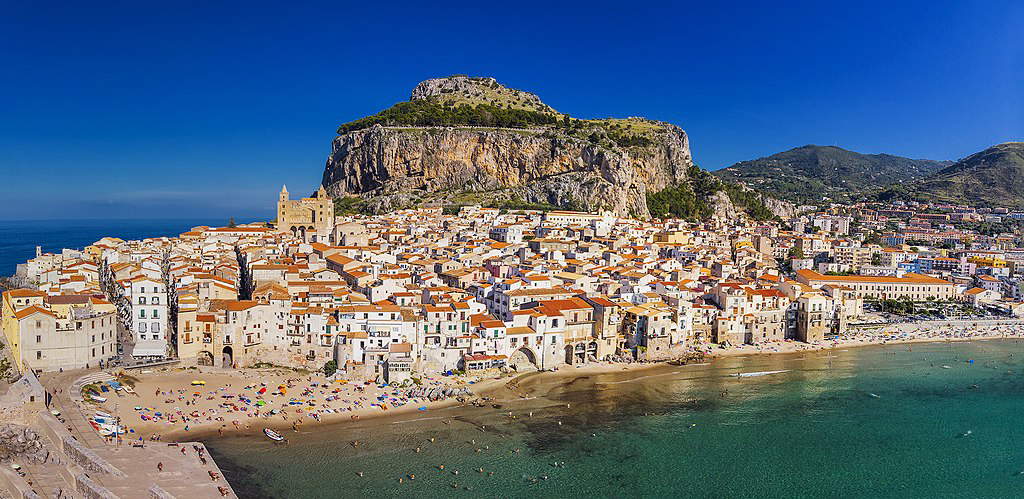 |
| View of Cefalù. Ph. Credit Tamás Szábó |
5. Aci Trezza
A hamlet of Aci Castello, it has been a village with a strong seafaring tradition for centuries, and is famous above all as the place where I Malavoglia, Giovanni Verga’s masterpiece, is set (there are many reminders of it in the town, starting with the Sgricciu fountain). It is located in an area of great natural beauty, the Riviera dei Ciclopi (so called because, according to myth, this would have been the land inhabited by the Cyclops), and although this place was also inhabited in ancient times, Aci Trezza was founded only in the 17th century by Prince Stefano Riggio. Sights to see, in addition to the beauty of nature (such as the stacks of Aci Trezza), include the Church of San Giovanni Battista, the Tower of the Faraglioni (the only surviving evidence of the ancient defensive system of the port), the Ecomuseum of the Riviera dei Ciclopi, and the Medlar House Museum, which tells the story of fishing in the village.
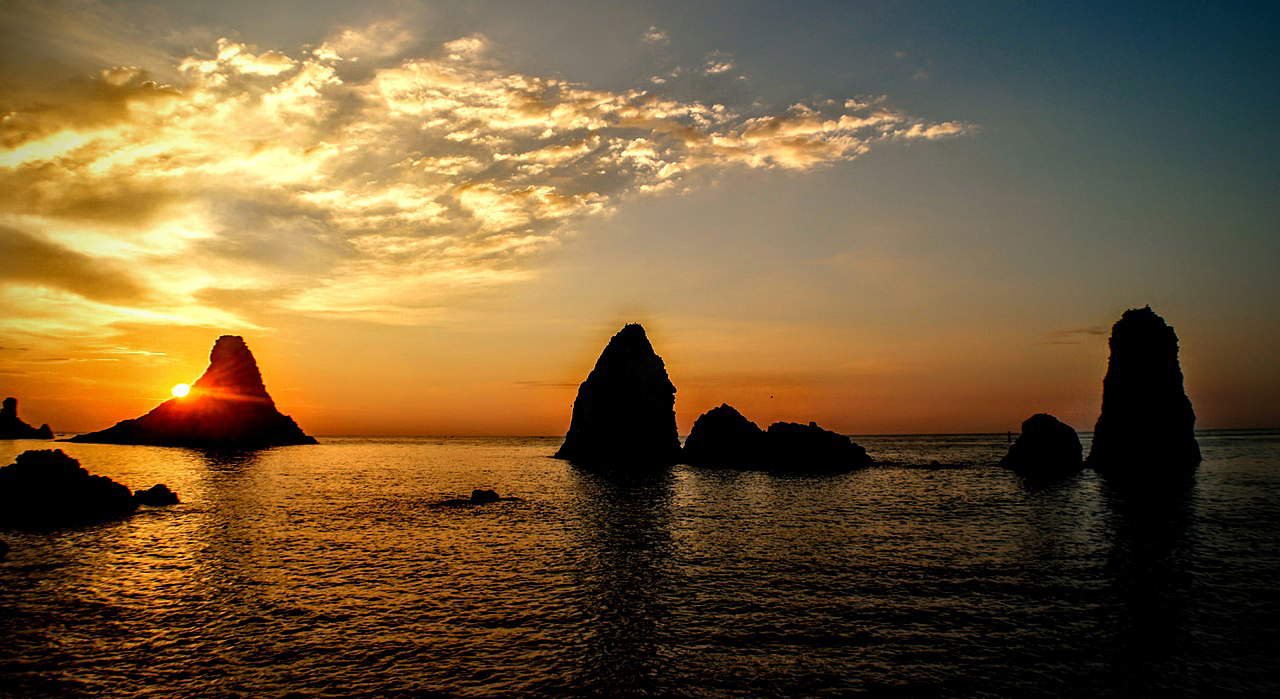 |
| The stacks of Aci Trezza. Ph. Credit Giovanni Grasso |
6. Favignana
It is the main of the Egadi islands, but it is also the name of its main village, whose origins go back to the Norman village built in the 11th century: the two fortresses of San Giacomo and Santa Caterina, the latter built on top of the mountain that dominates the town, remain from that era. At the end of the 19th century it became the possession of the Florios, who gave a strong impetus to the tuna-fishing business (the tuna nets, no longer in operation, that were planted by the Florios can still be seen today). During Fascism it was a place of confinement, and today it is instead a coveted tourist destination also because of the beauty of its beaches. Worth seeing in the village are the 18th-century church of the Immaculate Conception and Villa Florio, which today can be visited and is home to events as well as the local tourist office. Nearby, open tuff quarries and cliffs overlooking the sea are characteristic.
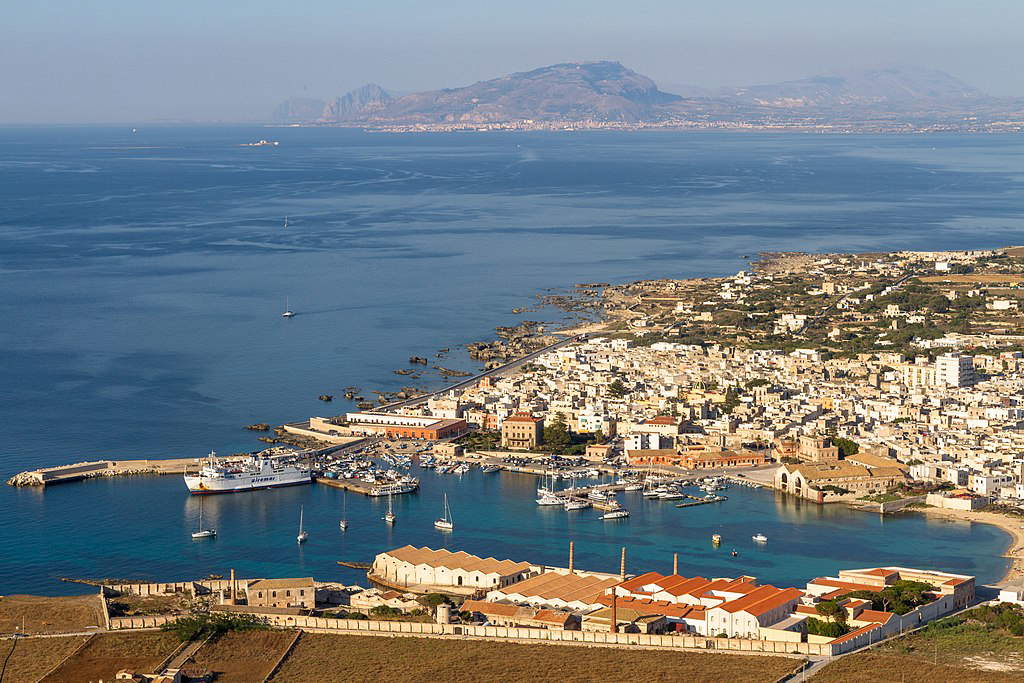 |
| View of Favignana |
7. Erice
The town of Erice today is a city of thirty thousand inhabitants not far from Trapani, but the ancient village has a few hundred inhabitants and is built on top of a promontory, Mount Erice, so much so that the town itself is called “U Munti” in the local dialect. According to legend it was founded by a group of Trojans fleeing after the war, but in any case the origins of Erice are very ancient, and the town developed in Roman times. In the Middle Ages it was occupied by the Arabs, was one of the centers of the Sicilian Vespers, and was dominated by the Spanish (to whom it often rebelled). The stratifications of history have left Erice with numerous testimonies: the cyclopean walls from the 8th-7th centuries BC, the Norman castle known as the “Castle of Venus,” the towers of the Castle of Balio, the Cathedral of 14th-century origin, the church of San Giuliano (from the Norman period but remodeled in the 17th century), the so-called “Spanish Quarter,” a fortress built in the 17th century, and the 19th-century Torretta Pepoli, a building of eclectic taste built by the man of letters Agostino Pepoli.
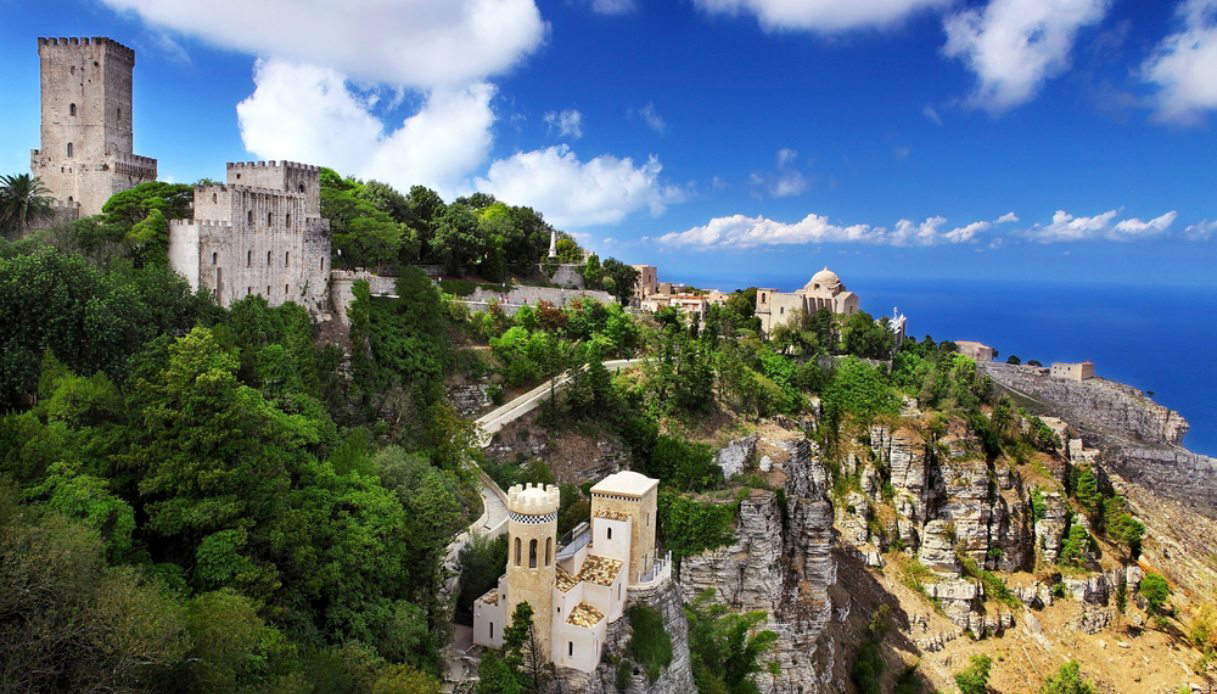 |
| View of Erice |
8. Castelmola
A village of just over 1,000 inhabitants, of very ancient origins (dating back to the time of the Siculians, to the 4th century B.C.), Castelmola was later dominated by the Arabs, Normans, and Angevins. It rises above Taormina (so much so that for a long time it was a hamlet of the municipality of Taormina, but today Castelmola is a municipality in its own right), and retains its medieval appearance: see the mosaic plaza, the 18th-century Caffè San Giorgio, the Norman walls (the only traces of the medieval castle), the ancient cisterns dating from the 4th century BC, the Cathedral of St. Nicholas of Bari, and the peculiar church of San Biagio, the oldest in the village. Typical of Castelmola is the curious almond wine, a white wine flavored after an infusion with almonds and spices.
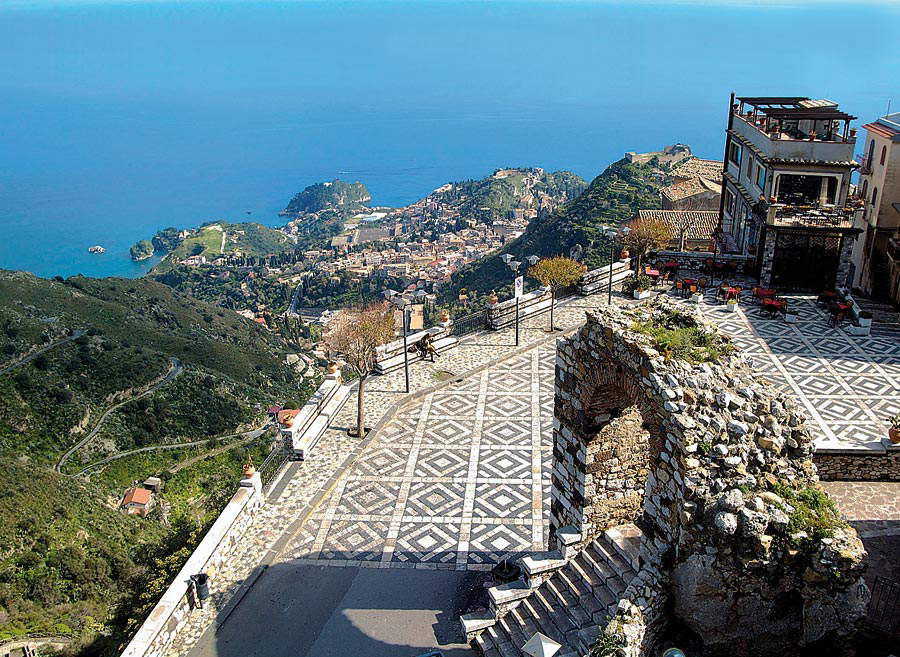 |
| The square of Castelmola |
9. Palazzolo Acreide
Of ancient origins (it was founded around 664 B.C. by the Syracusans under the name of Akrai), after Arab raids in the 9th century it was abandoned and reborn in Norman times, under the name of Palatiolum: it was from the 10th-11th centuries that the town took on its present conformation. The numerous baroque palaces, which make Palazzolo Acreide one of the baroque jewels of the Val di Noto (it is one of the cities that are part of the Unesco property), arose after the reconstruction that followed the 1693 earthquake. Worth seeing are the Baroque church of the Immaculate Conception (where a splendid Madonna and Child by Francesco Laurana is kept), the church of St. Michael Archangel, also Baroque, and the basilicas of St. Paul and St. Sebastian with their spectacular facades. And then the museums: the Archaeological Museum and the Museum of Travelers. There are numerous archaeological remains: the most famous is surely the ancient theater of Akrai, the Greek theater dating back to the 3rd-2nd centuries B.C.
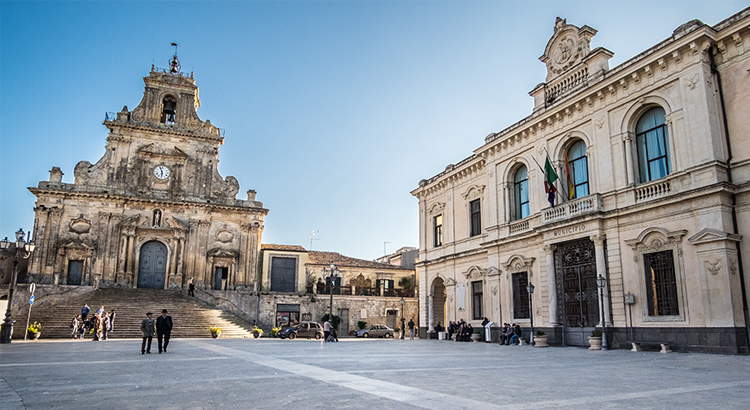 |
| Palazzolo Acreide, Piazza del Popolo |
10. Troina
Troina is famous for being the first Norman capital of Sicily (it was proclaimed such by Roger I of Sicily): the importance of the village is due to its strategic location, since it is built on a mountain overlooking the surrounding valleys. Troina experienced its decline from the time of the Angevins, but it did not cease to be enriched with important monuments. See the imposing cathedral of Santa Maria Assunta, the Norman Castle of Ruggero, the remains of the monastery of San Michele Arcangelo, the 17th-century church of San Silvetro monk, and the medieval church of San Nicolò Scalforio. Troina is also home to a Pinacoteca Civica, an archaeological Antiquarium, and a Museum of Photography named after Robert Capa and housing the Pintaura family collection, dedicated to the great Hungarian photographer who documented the Allied landings in Sicily in 1943.
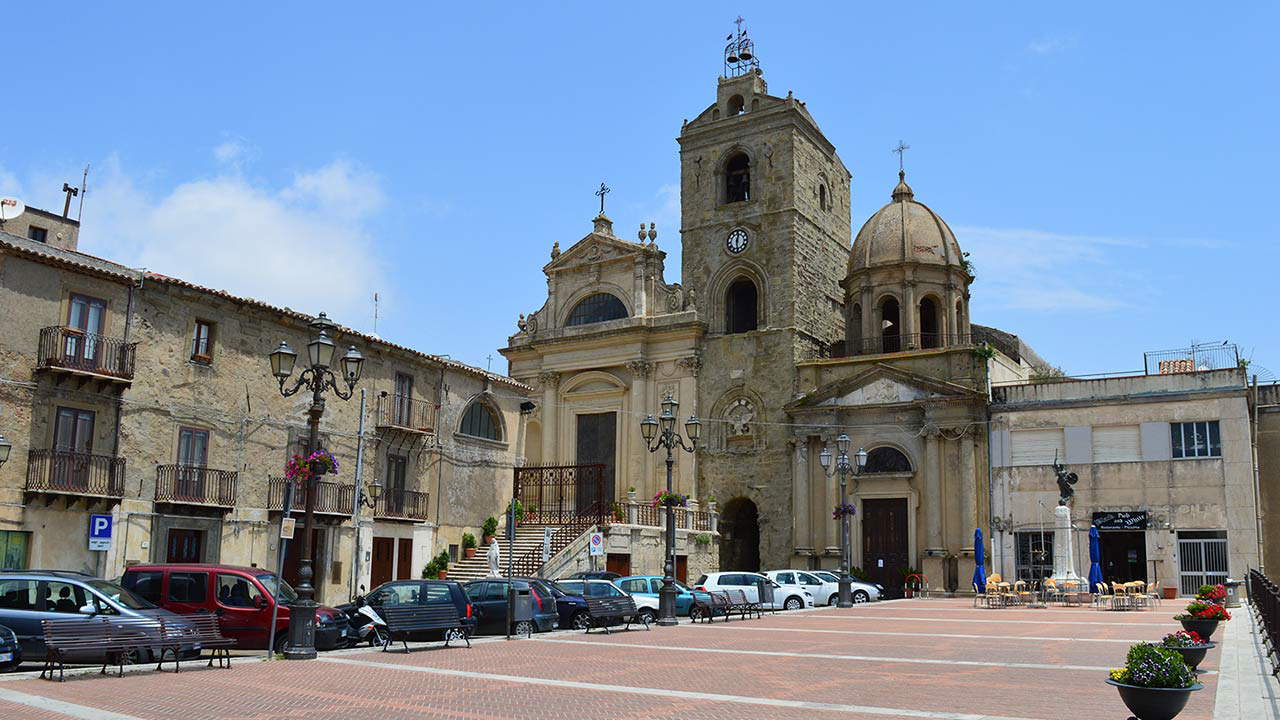 |
| Troina, Piazza Conte Ruggero |
 |
| Ten villages to visit in Sicily |
Warning: the translation into English of the original Italian article was created using automatic tools. We undertake to review all articles, but we do not guarantee the total absence of inaccuracies in the translation due to the program. You can find the original by clicking on the ITA button. If you find any mistake,please contact us.


























